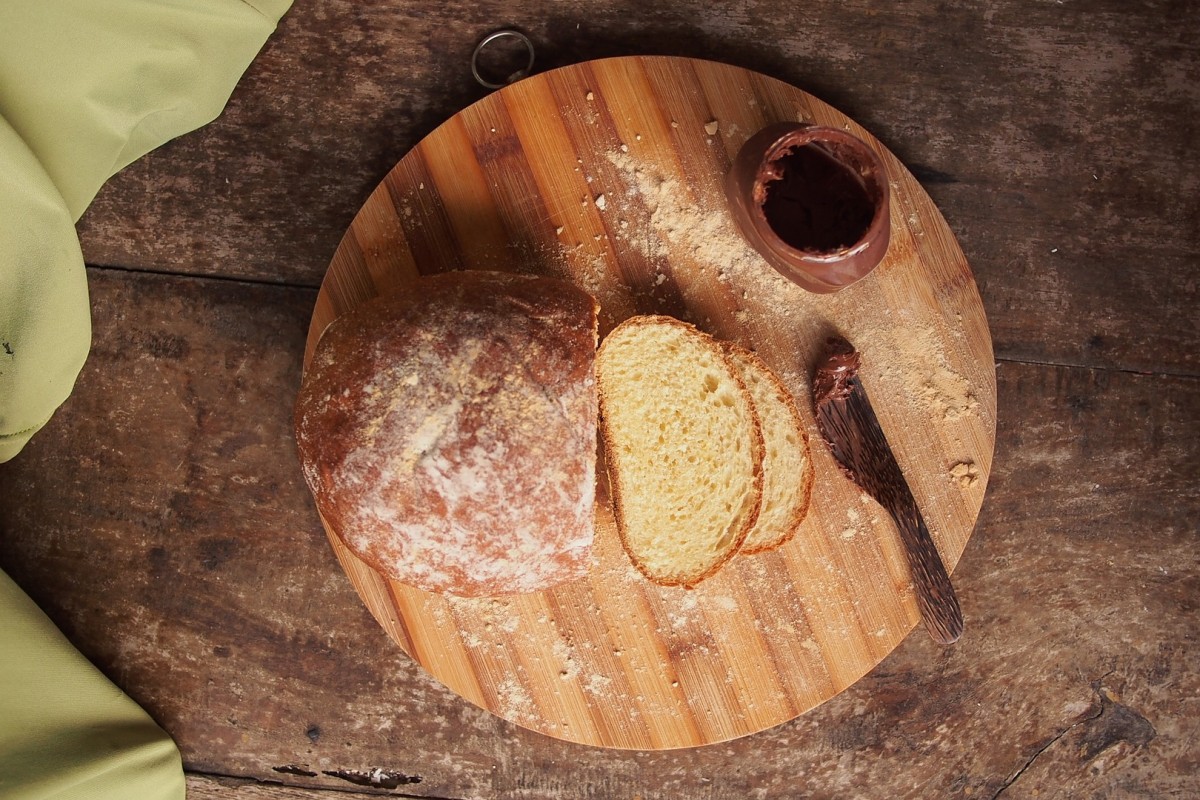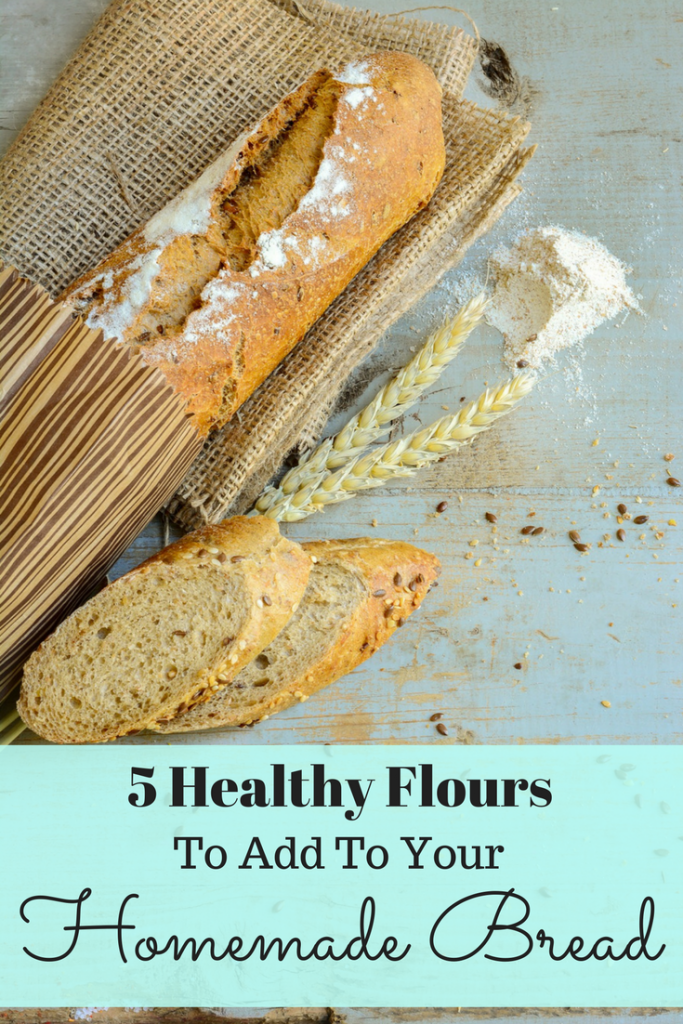
The following is a guest post written just for The Big To Do List by Joe from The Village Bakery. Thanks for sharing these ideas of healthy flours to add to homemade bread with us, Joe!
Healthy, bread, and homemade – those are three words we as busy moms rarely use in the same sentence. But baking bread with the kids can be a lot of fun, and it can be an educational experience, too.
If you’re concerned about the nutrtional content of your homemade bread (what mom isn’t?), there are many alternative flours on the market that can help you eliminate or cut back on gluten. These five four alternatives are my favorite because they’re healthy and kid-friendly.
Garbanzo bean, or chickpea, flour is loaded with nutrients, but packs enough protein to make breads that maintain the classic texture and density you crave.
And because chickpeas are a member of the legume family, this flour also has a high level of fiber. Most of us don’t get enough fiber in our diets, so every little bit helps. Fiber helps improve digestion and help promote weight loss.
Along with protein and fiber, this flour also contains high levels of B vitamins, magnesium and calcium.
Most people use chickpea flour to make socca, a type of thin bread, but you can easily swap out some of your traditional bread flour for this alternative flour. And if you’re looking for something more savory, try this Chickpea baked pasta.
Brown rice flour is a great alternative flour for people who cannot tolerate gluten. Most people have no problem digesting this flour, and it’s easy to incorporate into most bread recipes.
Both white and brown rice flours are available in grocery or health food stores. Ideally, you want to choose brown rice.
The process of converting brown rice to white destroys: 90% of the vitamin B6, 80% of the vitamin B1, 67% of the vitamin B3 and 60% of the iron in the grain. Brown rice also loses its essential fatty acids and dietary fiber when being process into white rice. Brown rice flour has a neutral flavor, and is very easy to work with when making homemade bread.
Sprouted flours are an excellent healthy alternative to conventional flours because they contain more nutrients.
Sprouting occurs when you soak a grain for 12-48 hours. This long soaking process kills most of the phytic acid that would otherwise make it into your flour.
Phytic acid actually binds to minerals in the body and prevents you from absorbing them.
When you sprout grains, the phytic acid is removed and the nutrients are freely absorbed by the body. Sprouted grains are far easier to digest and won’t cause digestive distress.
If you make any changes to your homemade bread, I would recommend switching to sprouted flour. Unless you’re soaking your flour overnight you’re missing out on all the nutrients the grains may provide. Plus, buying sprouted flour eliminates an extra step to save you more time.

We all know that oatmeal is one of the healthiest breakfast foods you can eat, but did you know that you can also use it to bake bread (or anything else)?
Natural oats are gluten-free and easily digestible, so your kids can absorb all the wonderful nutrients this food has to offer.
Oat flour is a great source of fiber and will keep you feeling fuller for longer. Oats also boost immunity and lower cholesterol.
Adding oat flour to a bread recipe can be tricky, so watch your flour-to-water ratio and adjust accordingly.
Coconut flour is one of the top alternative flours out there, and for good reason. This flour is packed with healthy fats and is high in fiber.
But the great thing about this flour is that it’s a low-carb option. If you’re on a low-carb, Paleo or vegan diet, coconut flour is your go-to choice for most baked goods.
Coconut flour is high in healthy fats, which the body absorbs and uses for energy. Because the flour has a low glycemic load, it helps the body maintain healthy blood sugar levels. On top of all these great benefits, coconut flour has been shown to reduce bad LDL cholesterol.
If you’re looking to make healthy homemade bread, these alternative flours are a great addition to any recipe – even if you’re using a bread machine. Gluten-free flour mixes often use a combination of the above-mentioned flours. Either chickpea or rice flour is combined with potato starch and sorghum flour to recreate the taste and texture of traditional bread.
What healthy ingredients do you add to your homemade bread? Share in the comments below!